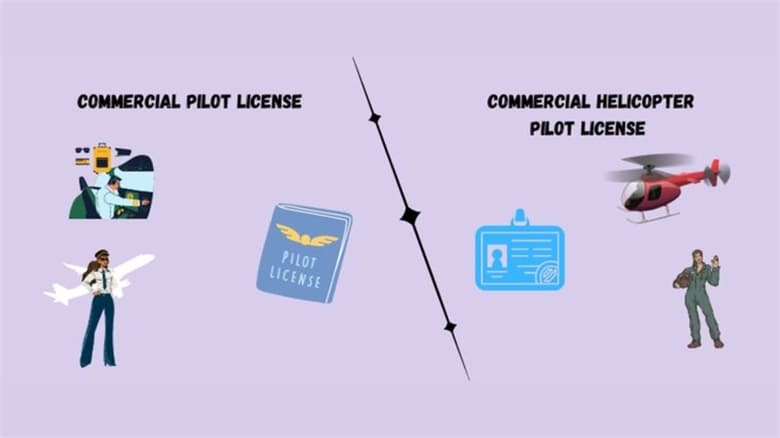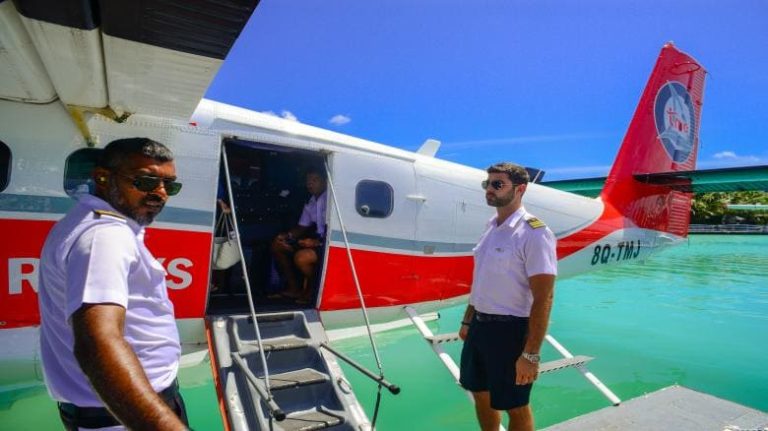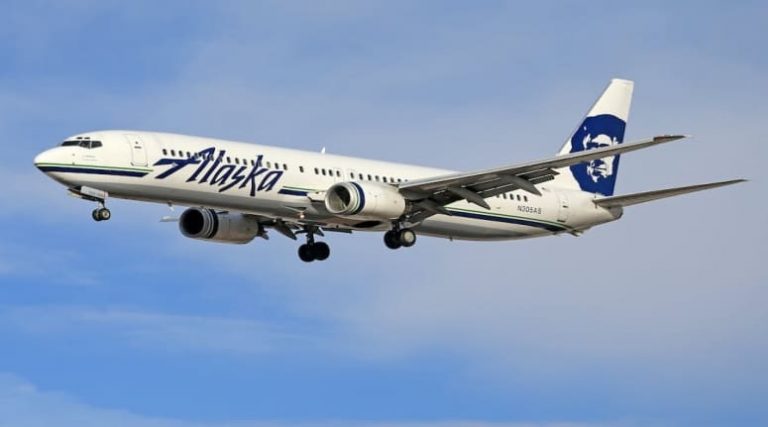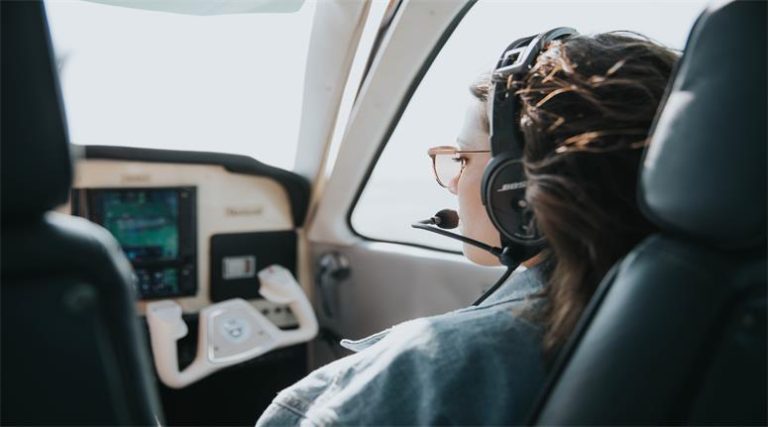Everything You Need to Know: Different Types of Pilot Licenses
Understanding the various types of pilot licenses is important in ensuring one knows what to expect while training as a professional pilot and during one’s career. By knowing this information, you will be aware of all the licenses, ratings, and endorsements required for your flying career.
A pilot license, also known as a pilot certificate, is a formal document that aviation authorities issue to grant the legal right to fly an aircraft. It shows that the holder has met the criteria prescribed by the Federal Aviation Administration (FAA), completed the necessary training, and demonstrated exemplary flying skills. In this article, we will look into the various pilot license types and their requirements, remembering to go over the benefits and drawbacks of each. Read through!
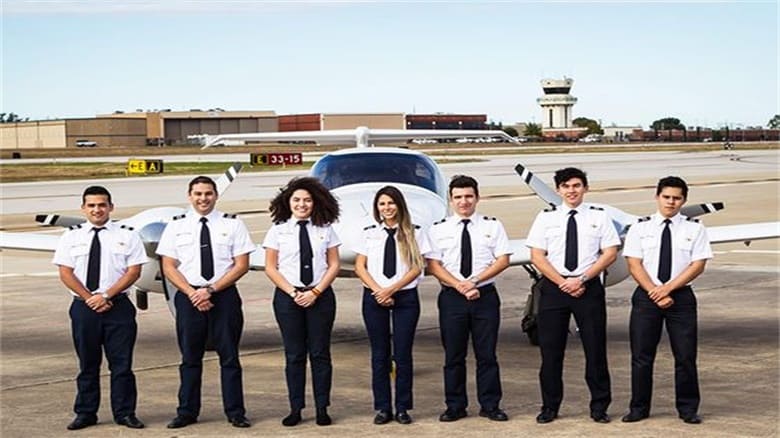
Image source: Pinterest
Different Types of Pilot Licenses
Pilot or airplane license types vary depending on the level of training. Whether you are thinking about a career in helicopters or fixed-wing aircraft, below are the required licenses.
#1) Student Pilot License (SPL)
After enrolling in a flight school and before training begins, the student pilot certificate that a qualified flight school instructor offers you complies with FAA requirements. You qualify and get this certificate in person, where your citizenship is first validated. This certificate aims to identify you as a pilot in charge of an aircraft during your flight training. This license resolved a controversy that existed in the past regarding the pilot in command and their duties while still in training exercises.
#2) Private Pilot License (PPL)
This license is necessary for every aspiring pilot who wants to work in the aviation industry. The FAA issues this type of pilot license the most frequently because it is a starter license. You must accrue at least 40 hours of flying experience to get it. In addition, you need to have:
- Minimum age of 17 years
- Possess a valid class-3 medical certificate
- A current driving license
- Pass theory and practical exams
- Complete the FAA check-ride
This license allows you to fly during the day for a solo flight or with others if you have a PPL but in visual flying conditions. The only limitation is that there is no compensation for carrying passengers. In order to make some money, read on to the next level of certificate, the commercial pilot license.
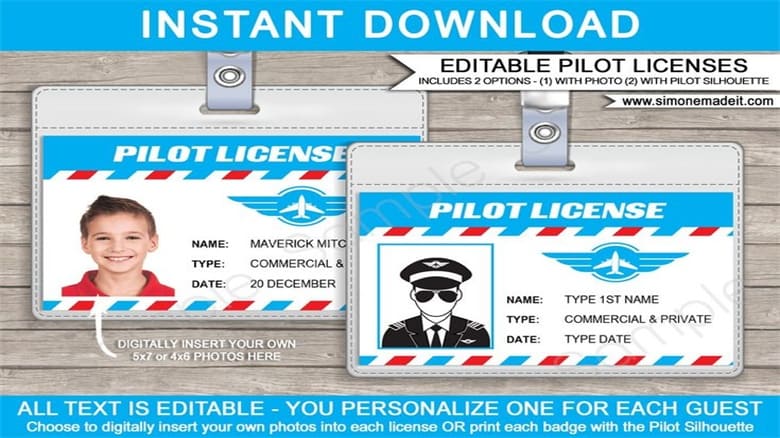
Image source: Pinterest
#3) Commercial Pilot License (CPL)
Are you interested in becoming a professional pilot? You require a CPL to make your living out of flying. This license applies as an entry-level career certificate for different types of pilots, both in the recreational and regional flying sectors. Still, it does not guarantee you a position with an airline right away, but rather a starting point. A commercial pilot license is more demanding as it necessitates advanced flying skills compared with the knowledge needed for a private pilot license, which includes:
- Have attained a minimum age of 18 years
- Possess a valid certificate as a private pilot
- Possess a minimum of a class-2 medical certificate
- You must log at least 190 or 250 flying hours; the number of hours depends on the flying school of your choice
Additionally, there are relatively few restrictions on a commercial pilot license, and you may further improve it by obtaining an instrument rating (IR) and a multi-engine rating (ME). These endorsements make you much more employable in the civil aviation sector. We will talk about them later; read on!
#4) Airline Transport Pilot License (ATPL)
Lastly, do you dream of flying big airliners such as Boeings or Airbuses? I know you do! This is at the top of the list of licenses in the civil aviation sector, and to fly such big airplanes for the major airlines, you must possess a valid Airline Transport Pilot License (ATPL). For this license type, you must fulfill the following FAA requirements to get your ATPL and qualify for airline employment:
- Attain the age of 23
- Possess a valid driver’s license
- Possess a valid Class 1 medical certificate
- Pass all flight school exams, including the practical exams
- Accrue more than 1,500 hours of flying experience (US) in various aircraft types and weather situations in most countries
- Pass both the ground school and ME and IR courses
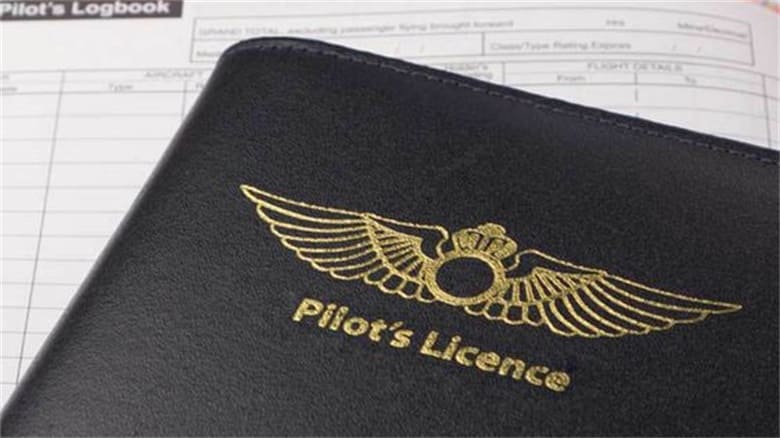
Image source: Pinterest
Do you know that you can get an ATPL license immediately after CPL? Yes, you can proceed with the ATPL training, but your certificate will fall under the frozen category until you obtain a minimum of 1.500 flight hours. You must log the required hours to get the unrestricted (complete) ATP certificate. However, a restricted ATP (R-ATP) certificate requires fewer hours. Exactly how many? Here’s a quick rundown:
- 750 hours for active or retired US military pilots.
- 1,000 hours for those with a bachelor’s degree.
- 1,250 hours for those with an associate’s degree.
What is it that ATPL allows you to accomplish but R-ATP cannot? Excellent query. With an ATPL, you may operate as a pilot in command (PIC). With an R-ATPL license, you can only work as a co-pilot. However, you can get the whole ATPL after accruing 1,500 hours. This will allow you to make a living now!
Different Kinds of Pilot Ratings
Except for the student pilot license, the rest require some extra pilot rating. These include instrument rating, multi-engine rating, and type rating, among others.
#1) Instrument Rating (IR)
It is also known as flying with instruments. The next step after obtaining your private or commercial pilot license is to get an instrument rating. You will have an increased safe pilot operation range, such as in bad weather conditions or at night, when you fly with an Instrument Rating (IR) certification, unlike normal Visual Flight Rules (VFR). Thanks to this license, you will be able to operate under Instrument Flight Rules (IFR).
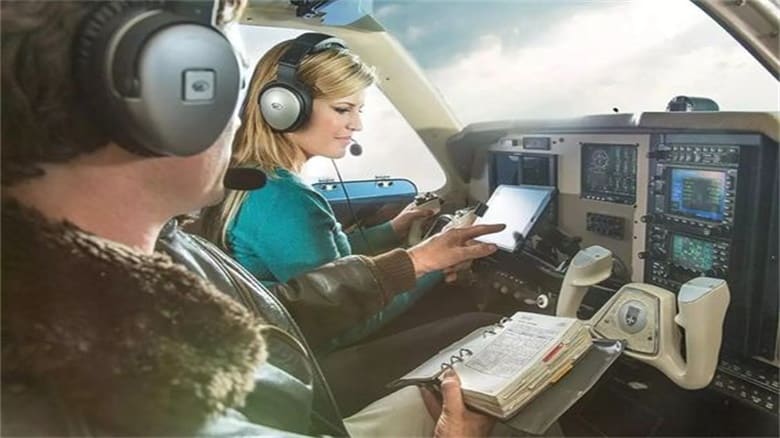
Image source: Pinterest
#2) Multi-Engine Rating (ME)
Do you want to fly a plane with more than one engine? This is the license that allows you to do so. Under the FAA Part 141 regulation, obtaining an ME rating has specific requirements. The initial rating entails 25 hours of flight training in a multi-engine airplane and 40 hours of ground training. If you already have an existing instructor rating, the required hours get reduced to 15. You might experience some challenges at the start due to transitioning from a single-engine plane to a multi-engine one.
#3) Type Rating (TR)
Type ratings for light aircraft up to jets are another factor to consider when applying for certification. The FAA and other regulatory bodies decide which pilots qualify to fly certain kinds of aircraft, such as a Bombardier or Embraer, which require different type ratings. This is because of the uniqueness of every aircraft; hence, pilots must complete extra training in addition to their ordinary license requirements.
Most airlines provide newly recruited pilots with extra training to get their required type ratings. Local aviation authorities decide which aircraft need a type rating. You will likely need some type-rating training, regardless of the airline you fly for.
#4) Certified Flight Instructor Rating (CFI)
A Certified Flight Instructor (CFI) rating enables you to instruct student pilots in a wide range of aircraft classes and weather scenarios. You may work as a CFI at your flying school, an FAA-certified flight school, or an educational institution. You will accrue hours toward the FAA’s 1,500-hour APTL minimum to fly passenger service for airlines while you serve as an instructor. This is the path different types of pilots take to achieve the 1,500-hour limit.
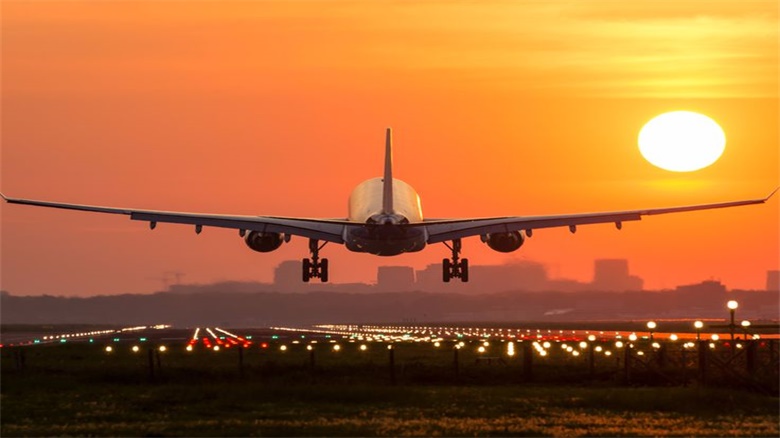
Image source: Pinterest
To qualify for a FIR (Flight Instructor Rating) or CFI certification, you must fulfill the following requirements:
- You must have a valid commercial pilot license (CPL) and be 18 years old
- Finish all of the supplementary courses for CFI training.
- Complete all written CFI tests
- Have an instrument rating (IR) certification
- Possess over 15 hours as a Pilot in Command (PIC) while training a student pilot
- Show prowess in flight training by teaching people in spins, spin entrance, and spin recovery in great detail
Conclusion
There are different FAA-approved pilot license types, each with specific qualifications, benefits, and restrictions. These ratings indicate the aircraft and the operating rights under your license.
Which type of airplane license would work best for you? Because various aircraft types need separate pilot certifications, start by selecting the one you want to fly: fixed wing or rotor wing, turbo-prop or jet, single-engine or multi-engine, and so on. You should also think about the flying you want to do. Don’t forget that before you go to the skies in an aircraft, you should have a valid pilot’s license.

